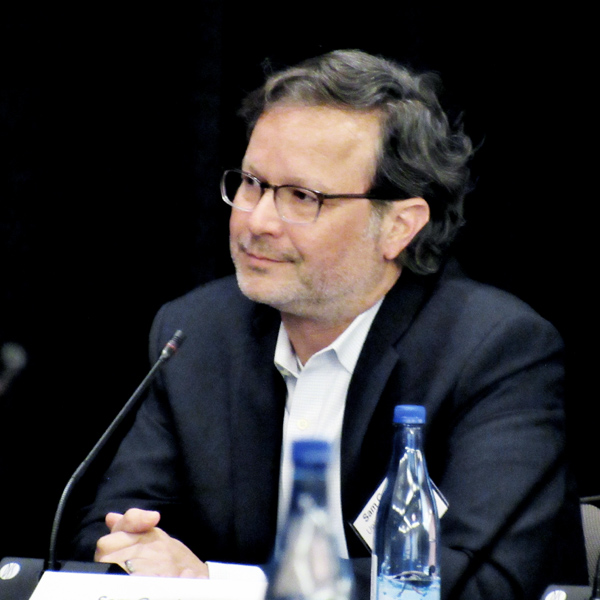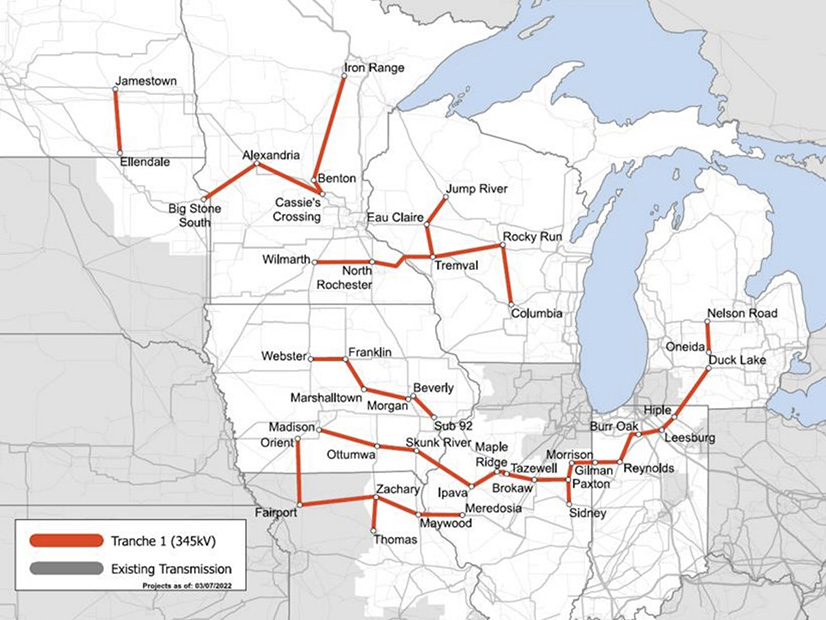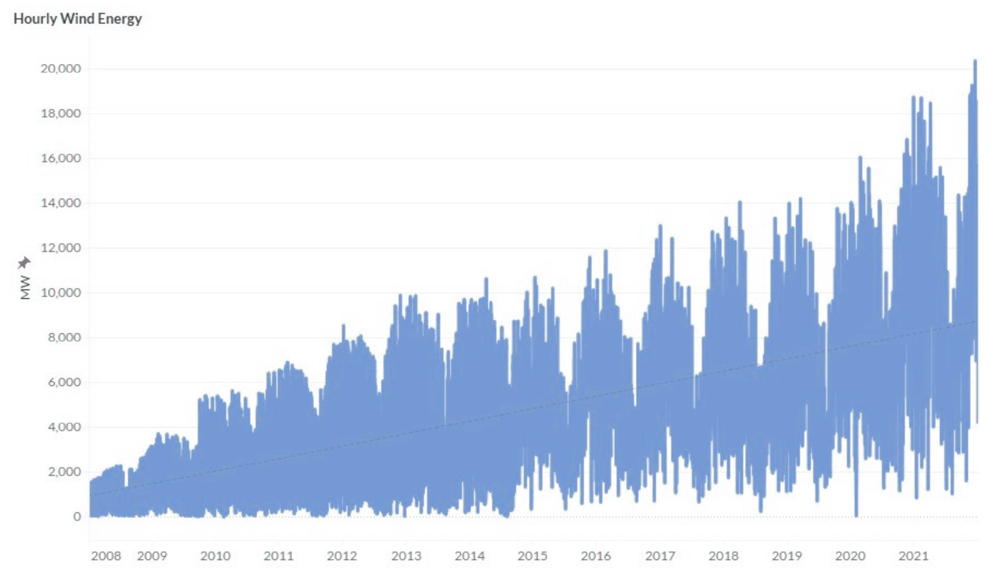MEMPHIS, Tenn. — MISO members last week urged the RTO to position itself as a liaison to help stakeholders access project funding from last year’s federal infrastructure bill.
They also said MISO’s long-range transmission projects seem ripe for an infusion of cash.
The $1.2 trillion bipartisan Infrastructure Investment and Jobs Act passed Congress in November and was swiftly signed into law by President Joe Biden. The bill provides billions in financial resources for new transmission, energy efficiency, electric vehicle development, carbon-capture technologies and nuclear fleet preservation. (See Biden Signs $1.2 Trillion Infrastructure Bill.)
During an Advisory Committee roundtable discussion Wednesday on the legislation’s effect within the RTO’s footprint, several stakeholders envisioned a mad scramble for the bill’s grants and loans. They said the process to access the funds is still unclear.
ITC Holdings’ Brian Drumm, representing transmission owners, said the grid operator might serve as a “hub or a clearing house of ideas” to bring its stakeholders together on projects that would be candidates for the bill’s funds.
 Sam Gomberg, Union of Concerned Scientists | © RTO Insider LLC
Sam Gomberg, Union of Concerned Scientists | © RTO Insider LLCThe Union of Concerned Scientists’ Sam Gomberg said MISO could foster a coalition among its stakeholders and members that would help it better its chances to save members’ customers money.
Multiple stakeholders said the RTO might be able to approach the Department of Energy and deliver some clarity to stakeholders. Many said MISO has a role to play in gathering stakeholders together to develop infrastructure projects that can vie for federal dollars.
“MISO could be a conduit for demanding clarity … of what the DOE is asking for. I think they could gather better answers than what my group could,” said Public Consumer Advocates sector representative Christina Baker.
Gomberg said MISO has already done a lot of work to identify the transmission expansion it needs to sustain the grid through its long-range transmission planning. He said MISO could easily get noticed by the DOE as a recipient of federal dollars.
“I know the DOE is under the gun. They want to move this money out the door,” he said. “I think it would be a missed opportunity if MISO and utilities and members didn’t get in line for some funding for these projects.”
Michigan Public Service Commissioner Dan Scripps also said it appeared MISO could see some of the bill’s benefits flow back to the region through its long-range transmission plan.
Otter Tail Power’s Stacie Hebert, representing MISO transmission owners, said it’s not clear how approval of federally funded projects would logistically work. She asked whether transmission developers would still come before the RTO to request project approval.
The Affiliate Sector’s Michelle Bloodworth, CEO of coal trade organization America’s Power, said it’s logical that MISO’s transmission planning would be most affected by the bill. She asked staff to consider that the bill provides for grid development in rural areas, which could spur transmission projects in unexpected places.
Bloodworth said the infrastructure funding will likely speed up the nation’s transition to clean energy sources. She encouraged MISO to conduct analyses on how the bill might interrupt dispatchable resources’ revenue streams.
Multiple members agreed that ratepayers, especially residential ones, should ultimately see the most savings.
The Advisory Committee will discuss the energy industry’s staffing shortages and employee retention concerns during its quarterly Board Week meeting in June. MISO leadership has said it and members are not immune from the Great Reshuffle and CEO John Bear has voiced apprehensions about the grid operator’s ability to secure talent in a tight labor market.


